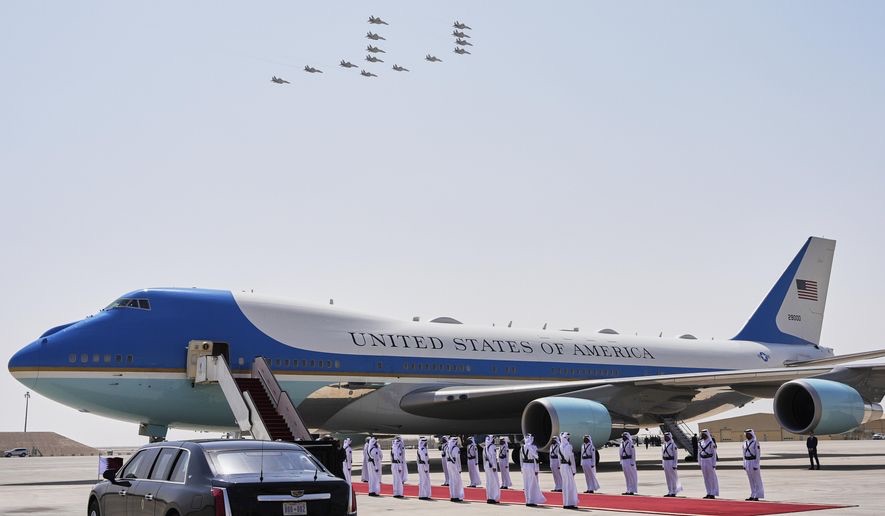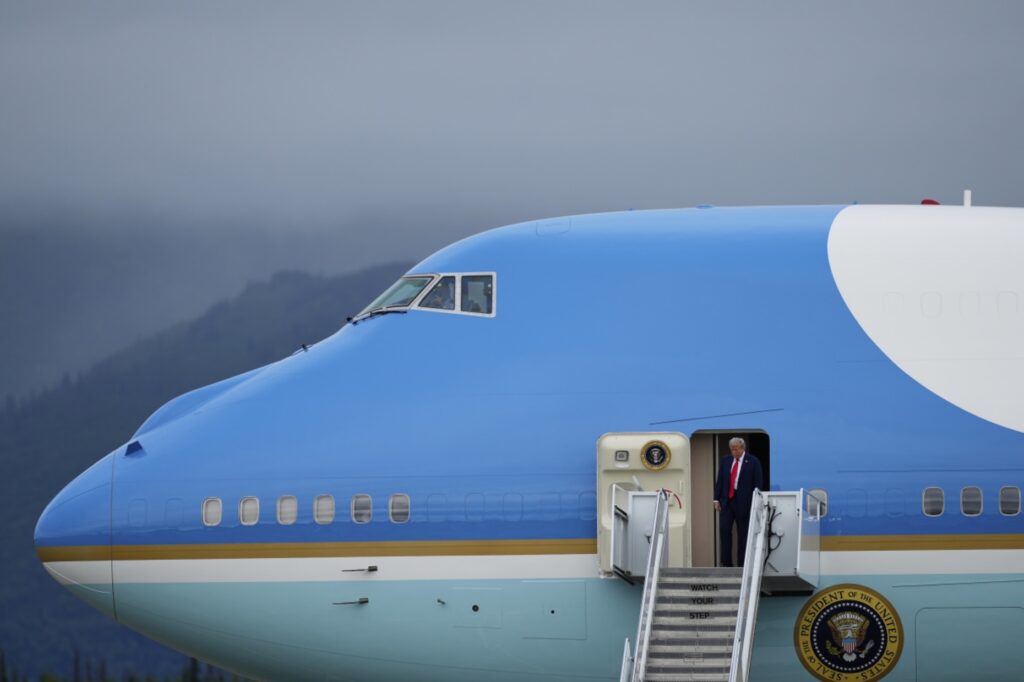Sentinel missile fully funded, Air Force secretary says

By Bill GertzThe Washington TimesFriday, July 4, 2025
A version of this story appeared in the daily Threat Status newsletter from The Washington Times. Click here to receive Threat Status delivered directly to your inbox each weekday.
The Air Force plans to use $400 million from the troubled Sentinel intercontinental ballistic missile program to refurbish a gifted Qatari 747 jet as an Air Force One replacement, Air ForceSecretary Troy Meink told Congress.
“In the reallocation of resources, there were dollars that were moved from the Sentinel program that were excess in need in [fiscal year 20]24 and that’s what was used to fund the [presidential airlift] program,” Mr. Meink said in testimony to the Senate Appropriations defense subcommittee.
Mr. Meink said the shift in funding from the new ICBM will not diminish the new missile program.

“To be clear, the Sentinel program is fully funded [for] all the resources that need to execute [the program] as quickly as possible,” he said.
The secretary declined to discuss some details of the use of the Qatari 747, saying they were secret.
President Trump took delivery of the luxury Boeing 747-800 from the Qatari government in May.
The Air Force is expected to soon issue a contract to have the jet militarized for use as the special presidential plane.
The current Air Force One is old and needs to be replaced. A contract for the modifications is ready, but the Air Force has not taken possession of the aircraft, Mr. Meink said.
“I’ve been asked to modify this aircraft as soon as we get possession of it,” Mr. Meink said during last month’s hearing. “We are positioned to deliver the aircraft a year after we take possession.”
A $3.9 billion contract for two new Boeing 747-8s to be used as Air Force One was finalized during the first Trump administration. But the planes’ construction was delayed until 2028 at the earliest, angering Mr. Trump.
The president defended the gift from the Persian Gulf state, which has been a financial supporter of the Hamas terrorist group, as a generous offer to the Pentagon. Mr. Trump said he doesn’t plan to use the plane after his term ends but wants to place the aircraft at his presidential library.
The current Air Force One planes are designated VC-25s and were first flown in 1990.
The Qatari 747 is scheduled to be ready for use in 2026. Both that jet and the future two Boeing 747s will be modified in the number of passengers they will carry, for special electronic and communications equipment on board and for in-flight refueling capability.
The Sentinel missile is a high priority for the Pentagon and will replace aging Minuteman III missiles.
The program was declared over budget last year and is behind schedule due to procurement problems.
The Pentagon budget request for Sentinel missile development is $4.2 billion in the latest defense budget request announced last month.
The latest problem for the Sentinel was disclosed last month, when the Air Forceannounced the new ICBMs will not be deployed in current Minuteman III silos and that an entire new system of silos must be constructed, increasing costs and time.
An Air Force spokesman told Defense News there are “unacceptable risks to cost, schedule and weapon system performance stemming from the original baseline strategy of converting Minuteman III silos.”
“To mitigate this and other risks, the Air Forceplans to build new missile silos on predominantly Air Force-owned real estate, which means reusing the existing missile sites but not the 55-year-old silos,” the spokesman said.
The missile program was originally projected to cost $77.7 billion, but cost overruns were so severe that the service triggered a review process called the Nunn-McCurdy breach, after a law sponsored by former Sen. Sam Nunn and former Rep. Dave McCurdy.
As a critical national security program, the Pentagon last year declared the Sentinel missiles too important to cancel and ordered the Air Force to restructure the program to reduce costs.